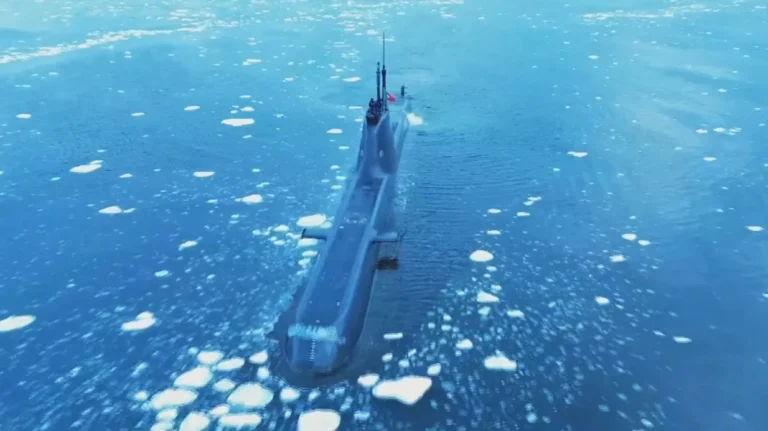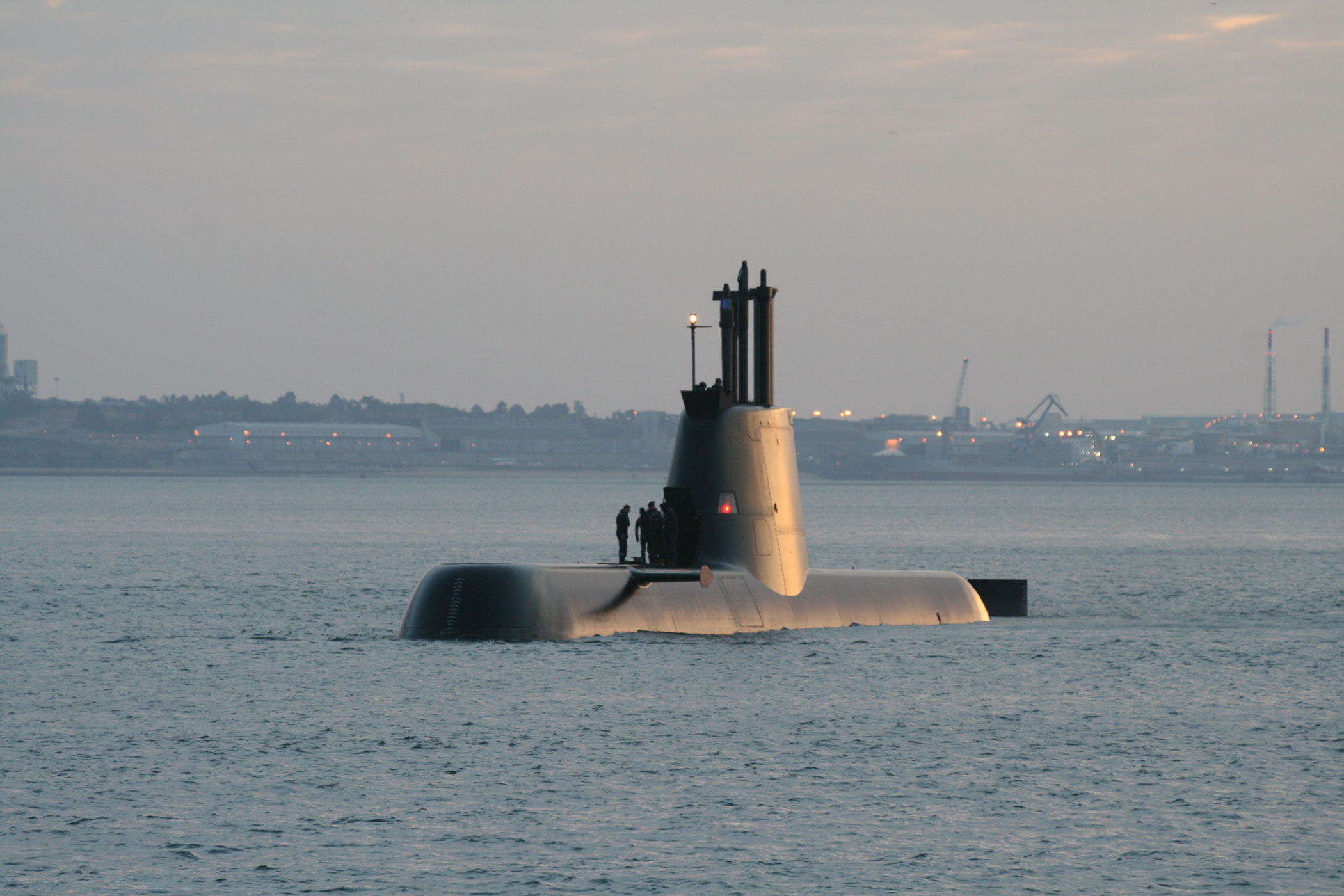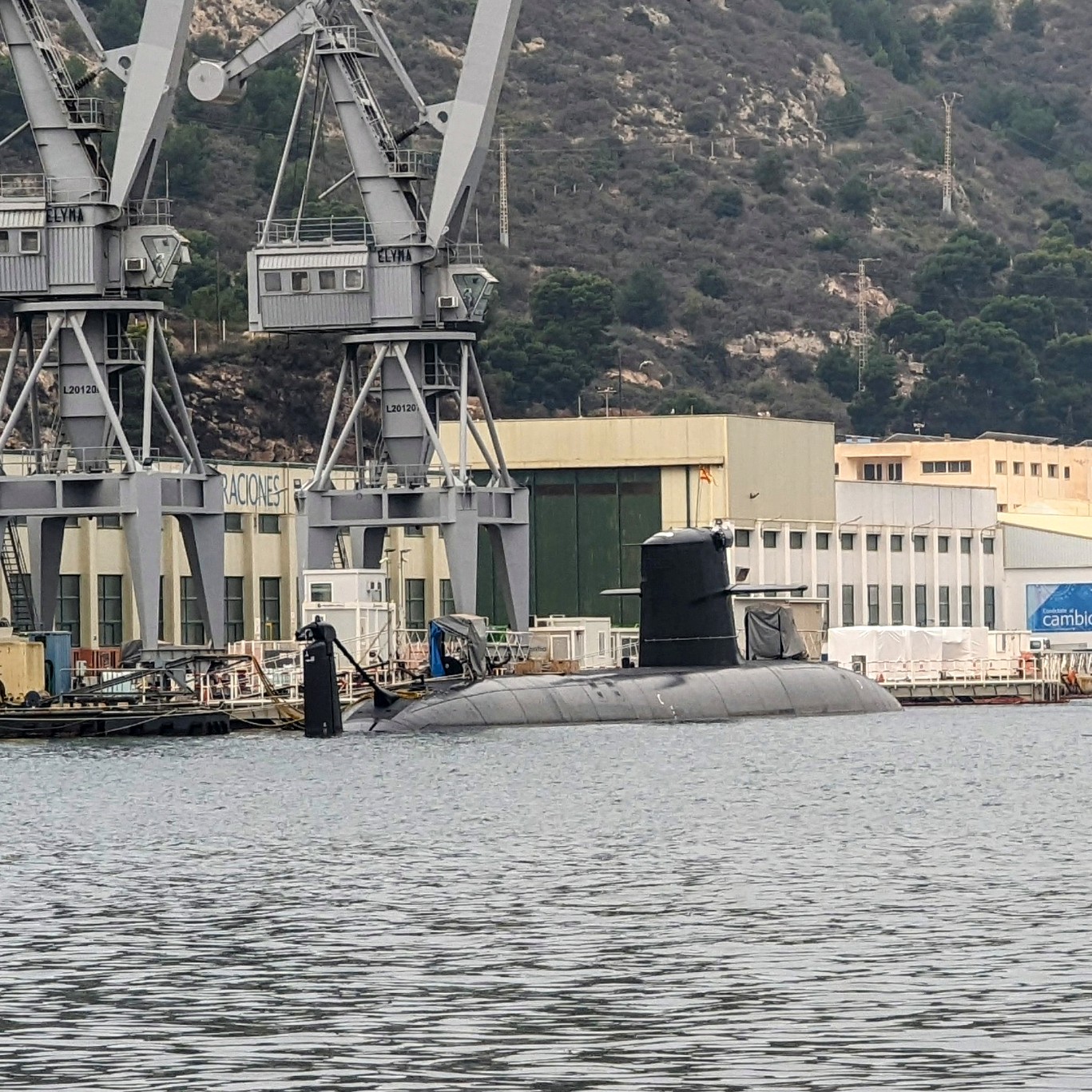Germany against Spain to secure large orders for Indian submarines

A conventionally powered Portuguese attack submarine produced by Germany's Howaldtswerke-Deutsche Werft (HDW) recently concluded its first voyage under the Arctic ice. An excellent result for a non-nuclear submarine
According to an official NATO statement , the Portuguese Trident-class attack submarine, 'Arpão', has returned to its base in Lisbon, Portugal, after a successful deployment as part of NATO's Operation Brilliant Shield. The statement reads: “Arpão is the first Portuguese submarine to sail under the Arctic ice, in a mission aimed at deterrence and defense of the Euro-Atlantic area”.
Arpão departed the Lisbon naval base on April 3 and spent 70 days on a mission, highlighting the usefulness of diesel-powered submarines. The deployment is significant, as such missions are usually undertaken by nuclear-powered submarines.
The NATO statement stressed that Arpão's mission was to maintain vigilance over military platforms operating in the Euro-Atlantic area, including surface and underwater platforms. The deployment, notably, comes as Russia has said it wants to expand its presence and influence in the Arctic region.
Part of the two-member Tridente class, including Arpão (S161), it was built by Howaldtswerke-Deutsche Werft in Germany. This was the export- optimized T ype 214 design with a fuel cell system.
The Trident class is powered by an air-independent propulsion (AIP) system, which uses liquid oxygen and hydrogen fuel cells to charge the batteries. It has a submerged displacement of 2,020 tons and an arsenal of eight 533 mm tubes for Black Shark torpedoes.
These submarines can remain underwater for extended periods – up to several weeks, depending on speed – because the AIP system does not need fresh air to recharge the batteries.
These submarines are believed to be just as stealthy as nuclear-powered submarines and can carry combat torpedoes that are just as lethal as those carried by nuclear-powered submarines.
Germany is a world leader in building small, stealthy submarines for monitoring coastal seas. These submarines offer significant cost savings compared to nuclear-powered submarines. The latest mission undertaken by Arpão may have just established its effectiveness.
A commercial success (although controversial)
A dozen German Type 214 export submarines have been licensed and built by shipyards around the world. Countries such as Greece, Portugal and South Korea use the Type 214, while Turkey has built the submarines locally. Some have been discussed because behind it there would have been unfair and incentivized commercial practices, i.e. bribes, especially in Greece or Portugal, but the Type 214 is still an excellent submarine for powers that do not want or cannot use a nuclear submarine.
The submarine was also offered to Indonesia and Pakistan, but both bids were unsuccessful. Indonesia chose the French Scorpene-class submarines, while Pakistan hesitated for a while and finally chose its closest ally, China, choosing the Type 039A with AIP technology.
The submarine then found a new potential customer: India. Like the previous two offerings, the Indian one also faces competition from Navantia, a Spanish company offering the S80 submarine with AIP technology.
In November 2023, ThyssenKrupp AG offered the larger 214 version of the HDW-class submarines to India. Six conventional diesel submarines are on offer for a $4.8 billion deal under Project 75I.
At the time, a ThyssenKrupp official told EurAsian Times: “The current 214 is a standard design, which will need some modifications to meet the (Indian) Navy's requirements. It's not unusual. Even the Type 209s that India received from Germany in the mid-1980s and built two of them in India were modified to Indian specifications.”
The Government of India's emphasis on “Made in India” suggests that the Indian Navy will select the bidder that offers substantial technology transfer. India's Ministry of Defense (MoD) announced the tender in July 2023. It highlighted that in addition to supplying the air-independent propulsion (AIP) submarines, significant technology transfer to Indian shipyards was expected .
The competition
The Spanish Navantia, with its S80 submarine, participates in the race. The Indian Navy team is conducting field evaluation trials of the AIP technology developed by Navantia in Cartagena and this submarine is currently in service with the Spanish Navy.
The technology is yet to be installed in the S80 submarine offered to the Indian Navy. Both manufacturers have partnered with Indian companies: Navantia has partnered with private shipyard Larsen and Toubro, while ThyssenKrupp has partnered with Mumbai-based Mazagon Dock Shipbuilders Limited.
Navantia said its submarine design meets 'almost' all of India's technical requirements without redesign. It must be said that the Spanish ship has a much higher displacement than the German one and has a more recent design, even if its roots are linked to the Scorpéne class that Navantia had developed with France.
Spain is developing a notable design capacity also because it can rely on considerable Latin American engineering capabilities and at much lower costs than other competitors.

Thanks to our Telegram channel you can stay updated on the publication of new Economic Scenarios articles.
The article Germany against Spain to secure large orders for Indian submarines comes from Economic Scenarios .
This is a machine translation of a post published on Scenari Economici at the URL https://scenarieconomici.it/germania-contro-spagna-per-assicurarsi-le-laute-commesse-dei-sottomarini-indiani/ on Sat, 29 Jun 2024 13:47:34 +0000.


